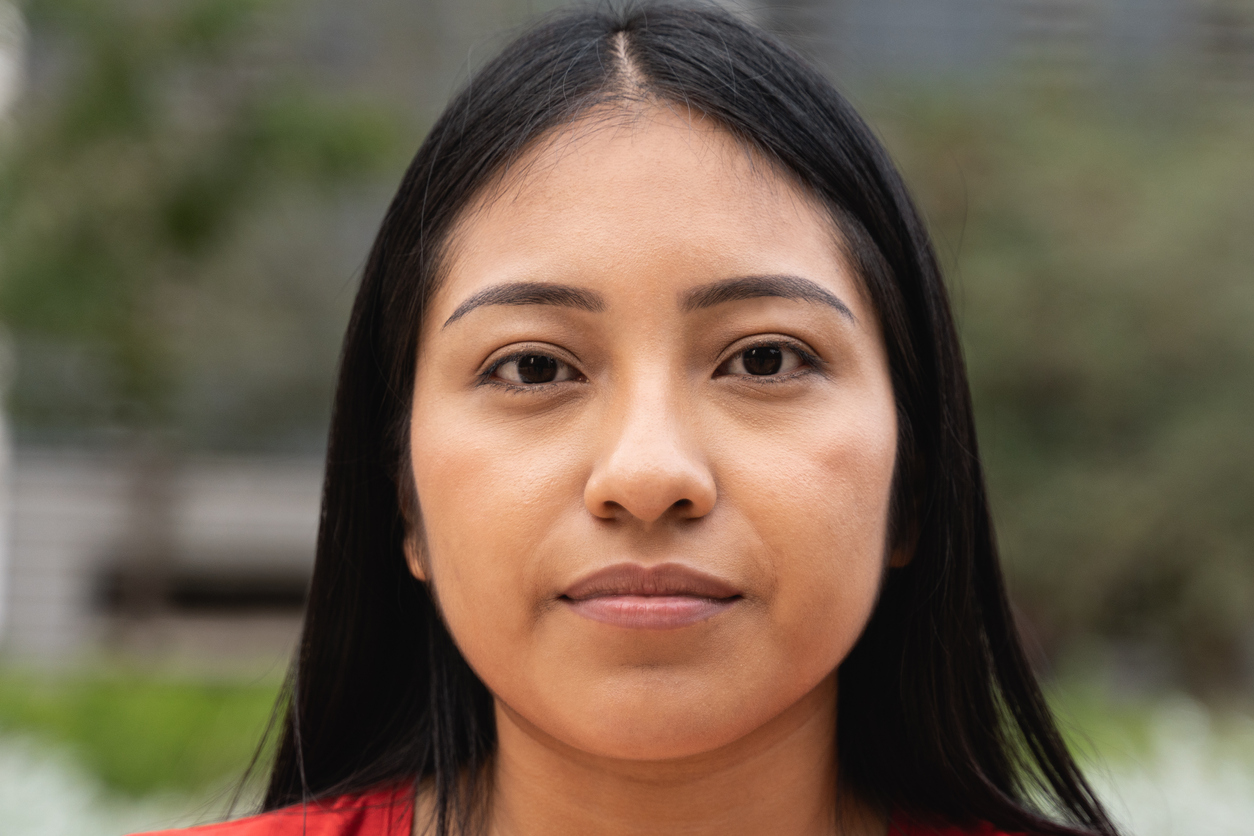
The history of indigenous women in this country has been undeniably stained by centuries of brutality at the hands of their oppressors.
For too long, laws and policies in the United States have denied Indigenous women the basic human rights of bodily autonomy, self-advocacy, and justice — all of which they are entitled to as a basic human right. The ripple effects of this long-standing abuse, mainstream ambivalence toward the problem, and lack of accountability for these crimes can still be felt today.
In the last couple of years, however, the United States’s Justice and Interior Departments have finally begun to take meaningful steps to address violence against American Indian and Alaska Native women. This reorientation is not to overshadow the many centuries which Native and First Nations people have been working and advocating for- not just violence within the communities but at the hands of the US Government as well.
The statistics surrounding this issue are nothing short of alarming.
A 2008 study conducted by the National Criminal Justice Reference Service found that American Indian and Alaska Native women suffer murder rates up to ten times the national average and experience rape and other sexual assaults at a higher rate than African American and white women. The Center for Disease Control and Prevention also found that Non-Hispanic black and American Indian/Alaska Native women experienced the highest rates of homicide (4.4 and 4.3 per 100,000 population, respectively). “Almost 80% of Native women will experience some form of physical abuse and over half will experience some form of sexual assault,” said Sarah Deer, Esq., a University of Kansas professor of women, gender, and sexuality studies and a member of the Muscogee (Creek) Nation of Oklahoma to NPR. “So when we talk about the homicide rates, they seem to be the end result of these efforts to extinguish the lives of Native women on reservations. And it just hasn’t gotten the kind of attention it deserves.”
A deficit in data collection and record-keeping due to the lack of coordination between tribal, state and federal agencies have resulted in the issue not receiving mainstream attention.
In 2016 alone, the National Crime Information Center reported 5,712 cases of missing American Indian and Alaska Native women and girls, although the US Department of Justice’s federal missing persons database, NamUs, only logged 116 cases. Even this shockingly low number is an increase in reporting, as Deer told NPR that “it wasn’t until 1999 that the Department of Justice released any crime data pertaining to Native people.”
Activists have been fighting to change the status quo through advocacy and producing their own independent studies to highlight this state of affairs. Despite its limited resources, the Urban Indian Health Institute identified 506 cases of American Indian and Alaska Native women across 71 cities in 29 states that were murdered, missing, or of unknown status. Some red flags they saw when they investigated their findings were that 75 percent of these cases had no tribal affiliation listed due to racial misclassification and a significant portion of agencies would either not provide data or were slow to respond. About 153 of the cases the Institute found currently do not exist in law enforcement records.
As awareness of this issue continued to rise, there was a corresponding rise in legislative efforts aimed to counteract it. Savanna’s Act was one of these efforts. Named for Savanna LaFontaine-Greywind, a Spirit Lake Tribe member who was murdered and whose fetus was taken from her body and abducted, the Act works to better enable US law enforcement agencies to track and handle cases of missing and murdered Native American and Alaska Native women. The Act, passed into law on Oct. 10, 2020, requires the Justice Department to report statistics on missing or murdered Native Americans, develop guidelines for responses to cases of missing or murdered Native Americans, conduct outreach to tribes and Native American organizations, and provide training for law enforcement agencies on how to record tribal enrollment for victims in federal databases, per the High Plains Reader publication.
The Act also offers more cultural sensitivity training, as it stipulates the necessity of providing culturally appropriate victim services such as the identification and handling of American Indian human remains. Also passed was the Not Invisible Act, which creates an advisory committee on violent crime. This committee will consist of tribal leaders, law enforcement, federal partners, service providers and survivors, and all will be tasked with issuing recommendations to the U.S. Department of the Interior and Department of Justice, per the Navajo-Hopi Observer publication.
While this is a big step toward confronting and handling the crimes, more work still needs to be done. With the passing of Savanna’s Act and the Not Invisible Act, as well as the tireless work of grassroots activists across the country, the effort to pursue justice for this historically underserved demographic is not slowing down.
Nationally, the Seattle Indian Health Board and Urban Indian Health Institute seek to eliminate this widespread violence through preventative measures and necessary legislative changes. This includes, but is not limited to, policy reform, increased funding to Native organizations who prevent and respond to violence and ensuring tribal and urban Native people stay at the forefront of decision making task forces. Many activists are also turning their advocacy to the local and state level to address community-specific needs. “Predators know Indian reserves have weak economic infrastructure, with limited law enforcement coverage,” said Ruth Buffalo, the first Native American Democrat elected to the North Dakota legislature. “Communities will continue to organize and build stronger safety networks. The change we need will come from the bottom up, not top-down.”
Resource Topics Laws and Policies
